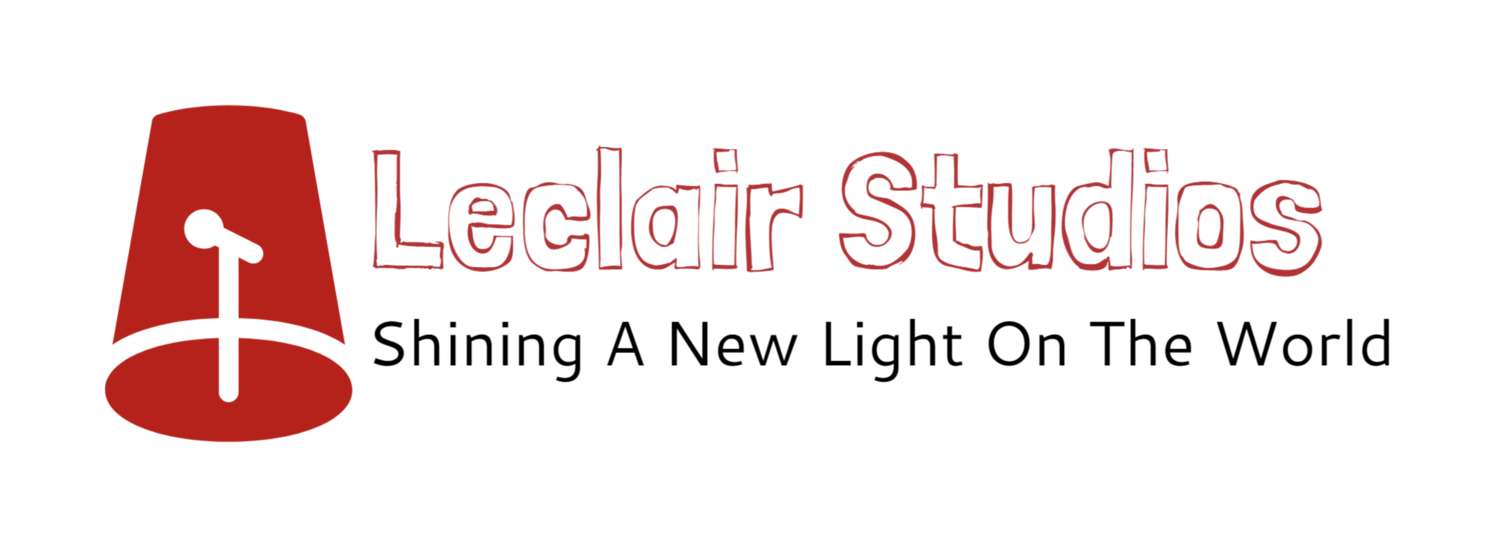To Halls Harbour: The Failed Expedition (Part II)
Read Part I HERE.
The second day of the voyage started beautifully. It was a morning full of sunshine but it was not quite as humid as the day before. Marla and I were treated to a wonderful breakfast of bacon and eggs. I should say, I was treated to such a breakfast but Marla, having been ill the day before the trip, mixed with what I assumed to be a bit of either heat or physical exhaustion from the previous day’s paddling (or both) stuck to nothing but a muffin and some tea. Half of the muffin came with us to the marina as we prepared to depart towards Westmeath where my uncle Tony would pick us up and take us to Ottawa, avoiding the vast amount of whitewater at Forrester’s Falls.
My grandparents were generous enough to pick us a significant bundle of green onions, fresh from the garden which we packed away with our small cooler bag of fresh food (the majority of the food having been dehydrated for preservation and ease on the water).
Gallant Castle on Ile Morrison
So, we set out on day two. This was meant to be a half day, given that Westmeath was only about a 20km paddle from Pembroke. This would allow us some leisure time for photos and general appreciation of nature. Knowing full well that we were set to hit some rapids that day, I had explained to Marla that the farthest stretch of rapids on the Quebec side of the Allumettes run would be the easiest due to how wide the channel was and how comparatively calm it typically is to the other prospective channels. We paddled about the island chain, which held a straight of whitewater between each mass of land. As we approached the intended set of rapids, there was a clear shift in attitude in the canoe.
This particular stretch seemed longer (which indeed it was) and more turbulent than Marla may have expected. The length, I knew. The intensity on the other hand, I had not taken into consideration, especially given the higher than usual water levels due to the incredible amount of flooding in the spring.
Feeling the pull of the current and the fear in the canoe, I offered up an alternative. We turned from the current and onto a shallow piece by the back corner of the island we’d been paddling alongside. For those unfamiliar with the area, this was Morrison Island. I had two prospective solutions for avoiding the long stretch of rapids and both called for inevitable portage. We could either get out between Beckett and Cotnam Islands, hope to avoid rapids before a little bay would appear to give us a rather lengthy, comparatively, portage across the broader stretch of Cotnam or, we could paddle around the far side of Cotnam, avoid any chance of rapids, cut down into Hazley Bay and then portage a thinner length of the island to get us on our way.
A Cormorant, attentive on a deadhead
We opted for the shorter route with the longer portage so that we might spy just how this section of rapids was. Knowing, at the outset, that the centre section of the Allumettes (down what is called The Lost Channel) was indeed the roughest, I should have exercised far better judgement and authority on the situation but the heat of the day, the desire to adhere to my original schedule or just a mix of these with sheer stupidity brought us to the split between the three islands. The shame and intensity of the following moments is causing my heart to race as I write this. I think I have far greater shame now than fear but what happened did surely make me more afraid than I had ever before been in my thirty years.
Marla and I observed the two sections around Beckett Island. Offering a choice for either was a mistake, but so too was considering either a choice. Both sections had come to whitewater and it seemed that the channel in which I sought the little bay to start out portage roared with higher water levels, denying us access. The far reach of Cotnam Island was out of sight, not for how far we’d gone down current but more for the illusory way the sun played tricks on my eyes from island to mainland.
Either way, the choice had been made to try the centre length of the Allumette Rapids. Try is hardly the right word. It implies we might decide not to try it at any point of the endeavour. In truth, the choice was made based on the fact that this did both look and sound like the easiest of all the matchstick stretches of the rapids. To the point where I began to doubt my initial research on the area. As we discussed the coming rush, it became apparent that my research had been correct. This was indeed the most intense section of rapids.
An island in the Ottawa (not at the Allumettes)
The thought was had and suggestion made to turn back, but I knew well enough that by this time we were too far down the current to turn about and paddle upstream. I had no intention of hitting the rapids backwards. Marla suggested perhaps paddling for the shore of Morrison Island and we did make a start of it, however, the whitewater was ever closer and I had no intention of taking the rapids sideways either. So, we straightened out and made peace with the only option we had left. We were taking the rapids whether we wanted to or not.







